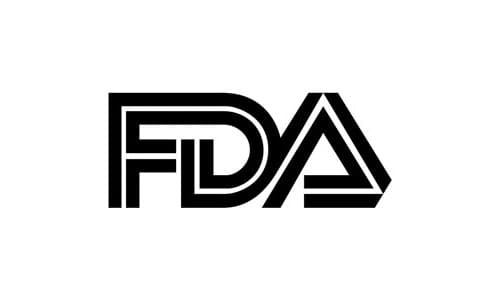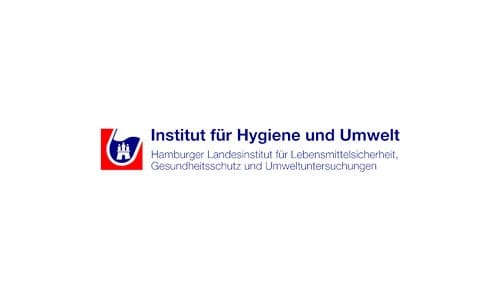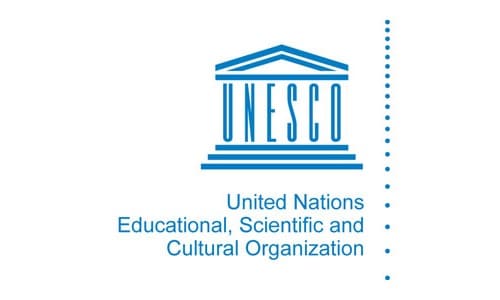CDC-HOCl
- Главная
- CDC-HOCl
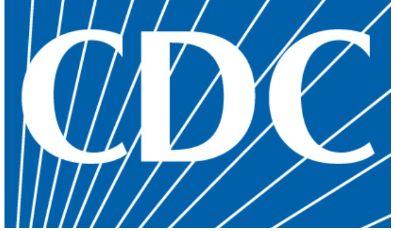
Disinfection and Sterilization Guide in Healthcare Facilities
CDC Source: Click Here
Read Excerpt (pp. 39 – 42): Click Here
The CDC recognizes electrolyzed water, also called “superoxidized water,” and the microbiocidal activity of the hypochlorous acid (HOCl) in it. Disinfection and sterilization rules in healthcare facilities.
Quote from CDC
The microbicidal activity of chlorine is largely attributed to undissociated hypochlorous acid (HOCl)
The microbicidal activity of a new disinfectant, “superoxidized water,” was studied The concept of electrolyzing saline to create a disinfectant or antiseptic is attractive because the basic ingredients of saline and electricity are inexpensive and the end product (i.e. water) does not harm the environment. The main products of this water are hypochlorous acid (e.g. at a concentration of approximately 144 mg/L) and chlorine. As with any antiseptic, the antimicrobial activity of superoxidized water is strongly influenced by the concentration of the active ingredient (free chlorine present) 536 . A manufacturer produces the disinfectant by passing a saline solution over coated titanium electrodes at 9 amps at the point of use. . The pH of the produced product is 5.0-6.5 and the oxidation-reduction potential (redox) is >950 mV. Although superoxidized water is intended to be produced fresh at the point of use, when tested under clean conditions the disinfectant was effective within 5 minutes over 48 hours of use.
In October 2002, the FDA authorized the use of superoxidized water as a high-level disinfectant (FDA, personal communication, September 18, 2002).
“Superoxidized water” has been tested against bacteria, mycobacteria, viruses, fungi and spores. Freshly produced superoxidized water is rapidly effective in reducing pathogenic microorganisms (e.g. M. tuberculosis, M. chelonae, poliovirus, HIV, multidrug-resistant S. aureus, E. coli, Candida albicans, Enterococcus) by 5 log10 ( <2 minutes). faecalis, P. aeruginosa) in the absence of organic loading. However, the biocidal activity of this disinfectant was significantly reduced in the presence of organic material (e.g., 5% horse serum) (537, 549, 550). No bacteria or viruses were detected in endoscopes artificially contaminated after 5 min of exposure to superoxidized water 551 and HBV-DNA was not detected in any endoscopes experimentally contaminated with HBV-positive mixed sera after 7 min of disinfectant exposure.
Рекомендуемые продукты

Системы безразборной мойки (CIP)
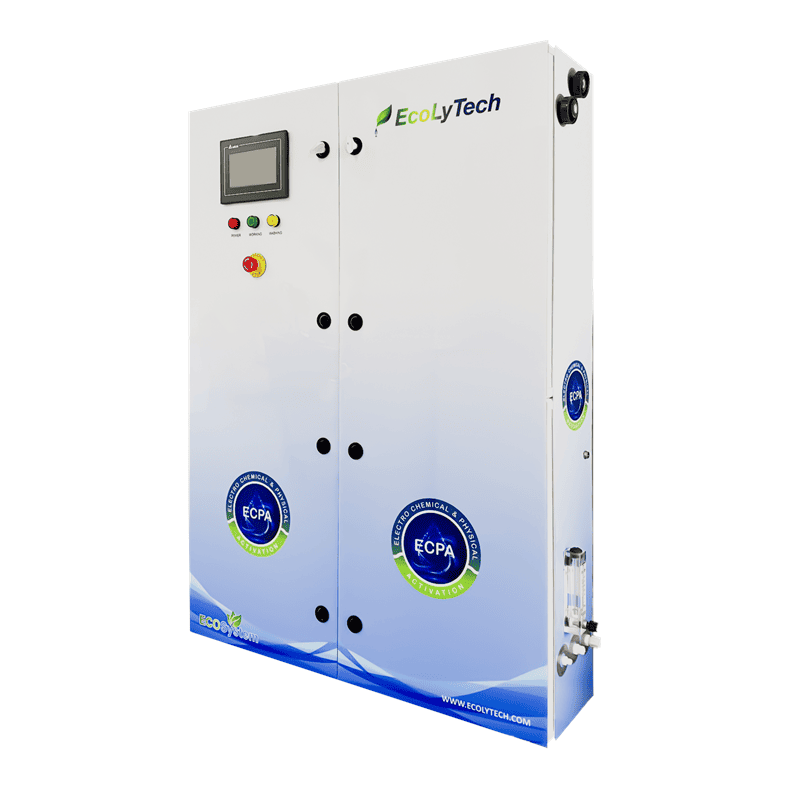
HOCl - Промышленные предприятия
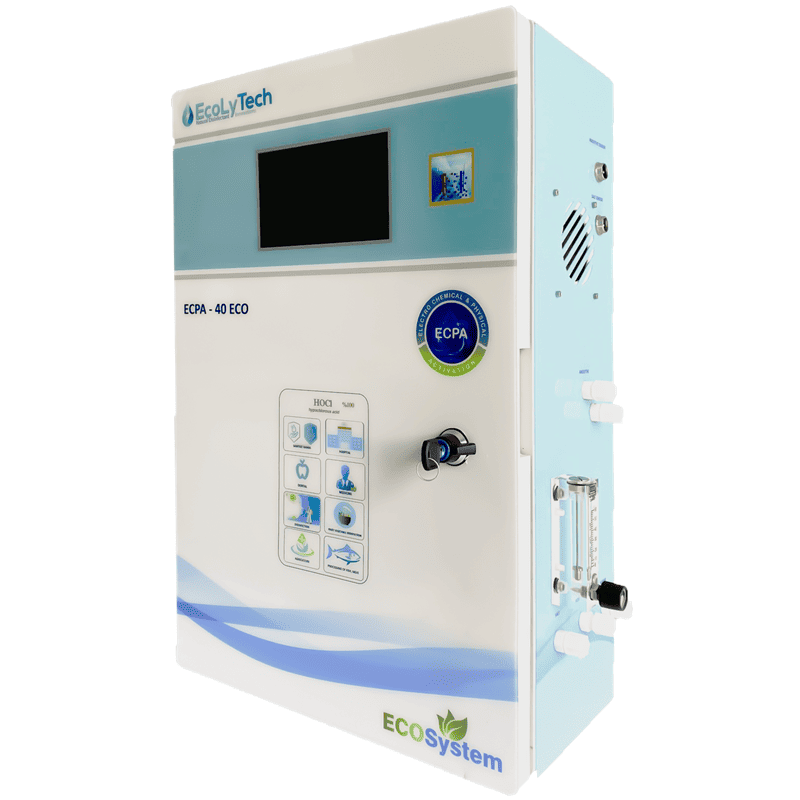
ECPA-HOCl-Модели пищевой обработки





